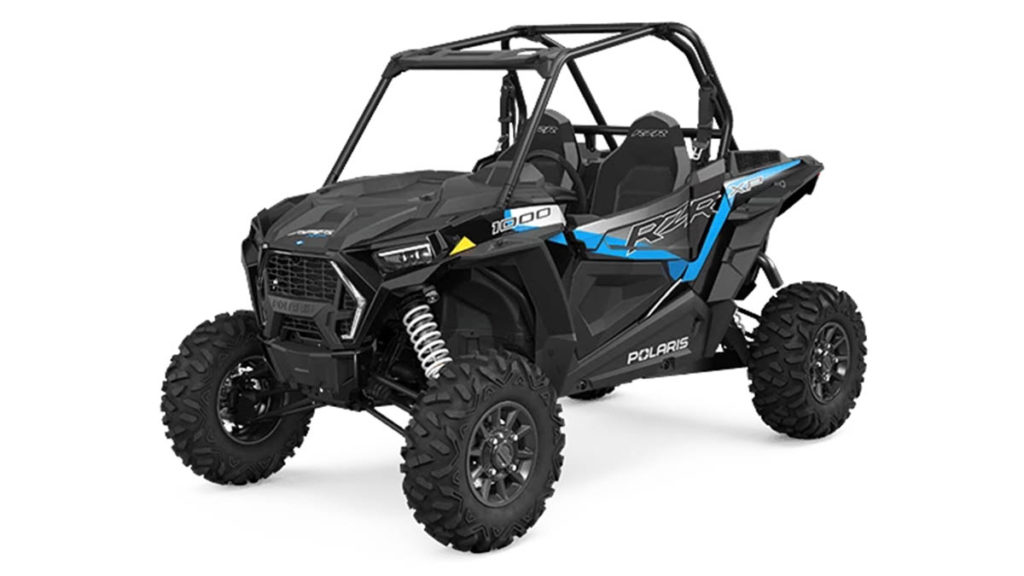How much does a Polaris side by side weigh Unfortunately, side-by-side manufacturers don’t always do their best to make this information easily accessible. Some companies only report dry weight, which doesn’t give you all the information you need. Looking at some of the most popular vehicles and their weights, dry, wet, curb, and gross weight We get to the bottom of the confusion.
What’s the difference between Dry, Wet, Target and Gross weight?
In UTV data sheets you are likely to come across Dry, Wet, Curb and Gross weight. Sounds complicated, but it’s actually simple. Keep in mind that no matter which weight you look at, they all refer to UTVs with factory settings. Upgrading parts and adding accessories will change the weight. dry weight

What is UTV dry weight?
Dry weight is the weight of the side by side without liquids or cargo, and is therefore “dry”. The UTV can’t be driven in that state, so its weight doesn’t help much. In reality, dry weight means nothing to riders. Never use the vehicle at dry weight. Only useful for those transporting new, unassembled vehicles. Unfortunately, some manufacturers only provide dry weights.
What is UTV Wet Weight & UTV Curb Weight?
Wet weight and curb weight are synonymous. Those are the Polaris weights in drivable condition with all fluids and oils. One problem with wet weight and curb weight is that it may or may not include the weight of a full gas tank. Some machines weigh around an additional 60 pounds with a full tank of gas, so keep that in mind when looking for weight.
How much does a Polaris side by side weigh?
| Model | Estimated Wet Weight |
| Polaris General 1000 | 2655 lb |
| Polaris RZR Pro XP | 2564 lb |
| Polaris RZR XP Turbo | 2380 lb |
| Polaris RZR XP 1000 | 2300 lb |
| Polaris Ranger XP 1000 | 3698 lb |
THE WEIGHT OF POPULAR YOUTH UTV MODELS
| Model | Estimated Wet Weight |
| Polaris Ranger 150 | 800 lb |
| Polaris RZR 170 | NA lb |
| Polaris ACE | 675 lb |
